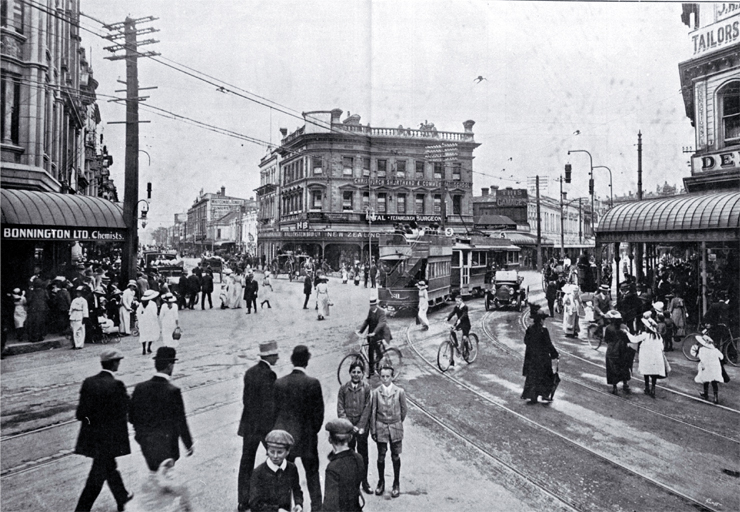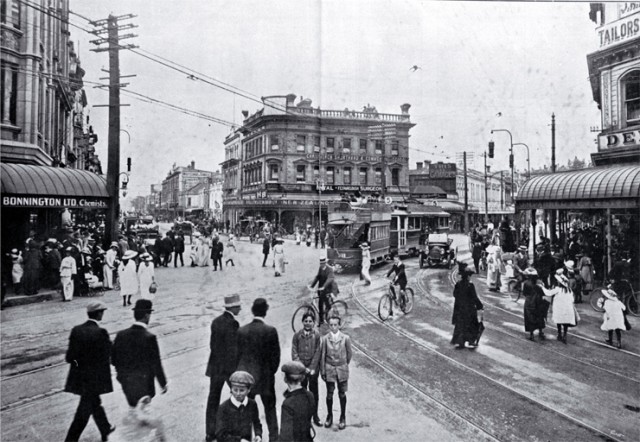The exhibition is meant to show the impact that the First World War had on people’s lives in the North West of England. The exhibition is called From Street to Trench: A World War that Shaped a Region and is located at the Manchester Museum and is the first show from IWM to commemorate the centenary of the First World War. If you go to see the exhibition you will also find some never before displayed objects and extracted from IWM’s national collections, some personal stories.
It is not the first time Nissen Richards Studio works with the IWM North, having done some other exhibitions before. This one, however, is devised into six sections: Introduction; Waking Up To War; On The Street; Feeding The Fire; Witnessing War; and Aftershocks of a Million Shells.
According to Pippa Nissen, the Studio director at Nissen Richards Studio, the exhibition will ‘appeal to families,’ since the exhibition features many interests for all children, adults and grandparents. ‘We’re focusing on people; the connection between people fighting and those left behind. As theatre designers as well as exhibition designers and architects we’re used to working with narratives,” said Pippa Nissen. She said you will not only be able to see the exhibition but you can also walk down the streets and into the rooms, for a better understanding of what it looked like, the Design Week reports.
Displayed at the Manchester Museum will be over 200 personal objects of servicemen and civilians who lived through the war, films, sound recordings, letters, works of art, all featured in scenes involving Stockport Market in 1914, shops and houses. While children can walk around, see and touch, research and discover, walk down the streets and enter shops and houses, parents and grandparents can read about it.
Two of the stories that will be presented during the exhibition are those of poet Wilfred Owen and Clement Attlee, and other Victoria Cross recipients and civilians.
Northover and Brown worked on the design of different graphics on set, including shop signs and the colour and tone of the graphics, making sure that every visitor will get the feeling that he or she is right there, 100 years back. “Is like a stage set and gives you a sense of a particular moment and place – a false perspective of a street – and at one end there is a floor-to-ceiling size original photograph,” said Nissen, insisting that it all feels like connecting with another world, in another time.
//

